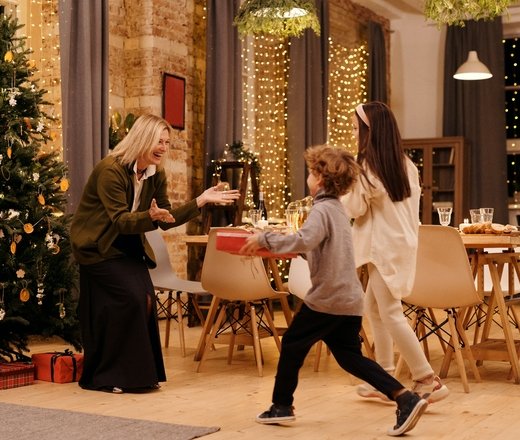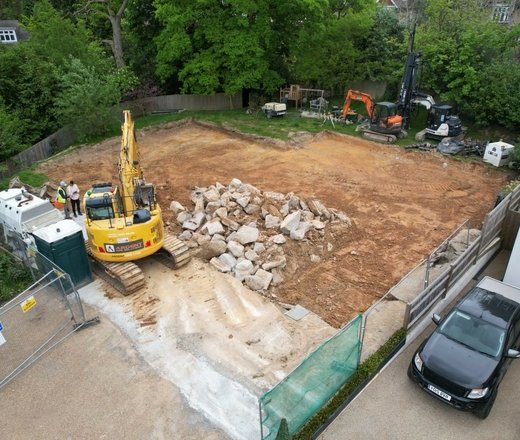The UK private rented sector has been in high demand in recent years and is set to continue to rise. But what will this mean for buy-to-let landlords? Our Lettings Director, James Richards, shares his expertise and explains some of the ways landlords may want to take advantage of this growth sector.
Older tenants are renting private properties
Research from the Social Market Foundation (SMF) anticipates that, by 2035, over 50% of all privately rented homes will have the head of the house aged over 45 years. In Tunbridge Wells, the average age of private residential tenants is currently 35 years old. In the last 12 months, older tenants over 50 years accounted for roughly one in every eight tenants (13.6%), below the national average. But with house prices continuing to soar and the cost of living increasing, renting is becoming both more necessary and/or more attractive.
The SMF research highlighted that many private renters are very happy in their current property, preferring the better location to be near family, have access to outside space, parking, amenities and health facilities. They have different needs and preferences to younger renters.
How to take advantage of older tenants as the sector grows
- Longer tenancy agreements
Many older tenants are increasingly looking for longer-term security and more flexibility within their tenancy agreement. The government has looked at introducing this for tenants in the private rented sector, as this would provide consistency and a guarantee for both tenants and landlords.
The majority of renters agreed that a fixed minimum contract length should be established, with 69 percent saying that they would benefit from this being set at 24 months. As Tenants are remaining in rental properties for longer periods of time, this could influence a greater demand for this feature in the future.
- Allowing for older tenants to have alterations
Allowing for design alterations and decoration is high up on many tenants wish lists and will help encourage longer leases. Landlords who accept tenants with these demands also could benefit from a wider pool of potential renters.
- Allowing for older tenants to have pets
Having our fury friends live with us has become increasingly important, especially since the Covid-19 pandemic. According to Rightmove, the number of enquiries for pet-friendly rentals has soared by 120% over the past year, compared with a 13% increase in the number of people looking to rent generally.
If you’re hesitant to the idea of pets in your rental property, it’s worth noting that under the Model Tenancy Agreement (the government’s recommended contract for landlords), consent for pets is assumed to be the default position. So, if you receive a written request from a tenant to have a wellbehaved pet, you need to provide a good reason for refusal in writing, within 28 days. However, as only 7% of landlords advertised pet-friendly rentals in 2020, there is a huge opportunity to accommodate the request.
As the private rented sector begins to cater to an increase in older tenants, it is essential for landlords to be able to adapt to their needs, in order to take advantage of this sector. This can be accomplished by providing people with long-term security in the form of longer tenancies and more control over their property by allowing for cosmetic alterations and pets.
If you are looking to let your property in the future, Maddisons Residential are ready and waiting to help you manage the process. For more information, contact one of our friendly team on 01892 514100
Market your property with Maddisons Residential
For many, the first point in their house moving journey, is to understand the value of their current home. Whether you want a quick, instant, online indication, or a more robust property specific and individual valuation, we would be delighted to help.





